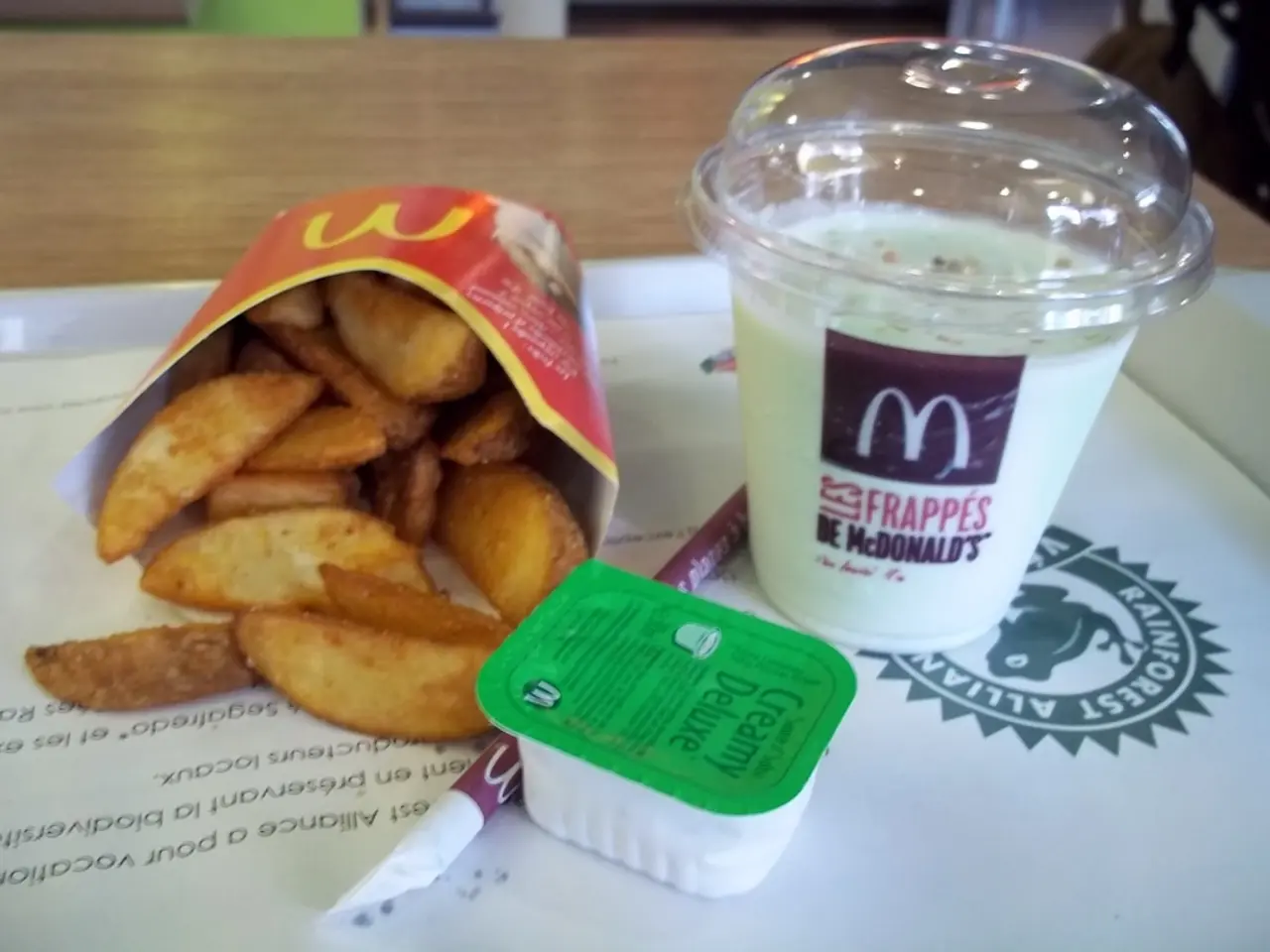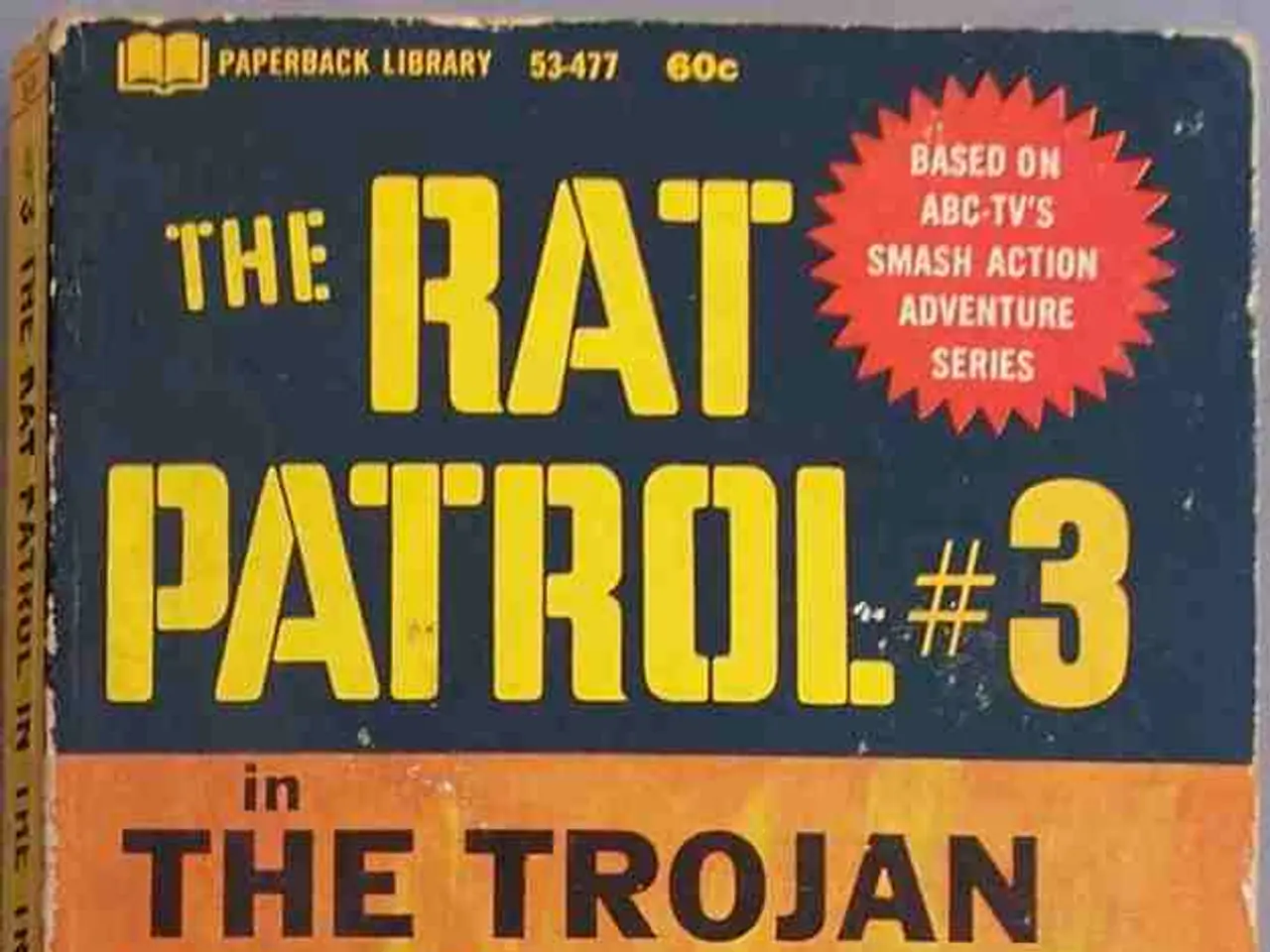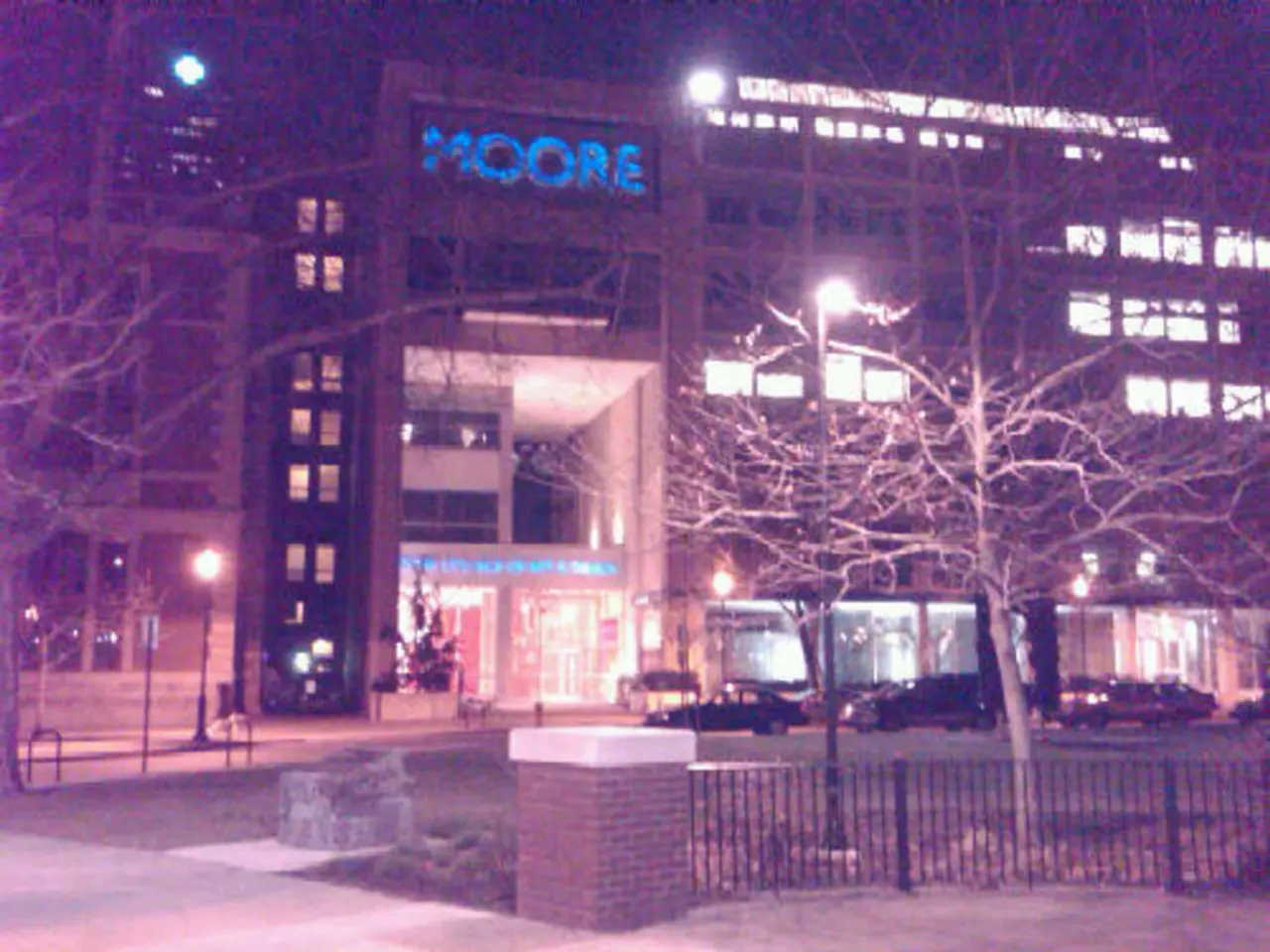Schools in West Virginia race to remove synthetic colors from meal offerings before the academic year commences
West Virginia Bans Synthetic Food Dyes in School Meals
West Virginia has taken a significant step towards improving the health of its residents, particularly children, by banning seven synthetic food dyes from school meals. The ban, which went into effect on August 1, 2021, aims to protect children from potential long-term health and learning challenges associated with these dyes.
The synthetic dyes targeted for replacement include Red 3, Red 40, Yellow 5, Yellow 6, Blue 1, Blue 2, and Green 3. These dyes, often derived from petroleum, have been linked to neurobehavioral problems such as hyperactivity, inattentiveness, irritability, and moodiness in children. These effects can be similar to or exacerbate symptoms of attention-deficit/hyperactivity disorder (ADHD) in sensitive children.
Research shows that after consuming foods with artificial dyes, some children exhibit increased hyperactivity and behavioral disturbances for several hours. The dyes can impact brainwave activity, leading to overstimulation, and may disrupt neurotransmitter systems that regulate mood and attention. While for most children these dyes appear safe, in some, especially those predisposed or sensitive, they can worsen neurobehavioral symptoms.
Beyond neurobehavioral effects, there is some theoretical concern—based on animal research but not well established in humans—that synthetic dyes could pose cancer risks.
PepsiCo, which runs the Frito-Lay division that makes the Cool Ranch flavor of Doritos, has pledged to remove synthetic colors starting with this school year. The company, like many others, will be using foods containing colors made from natural sources such as vegetables, spices, and seeds.
In West Virginia, the ban on synthetic dyes affects about 10% of the foods served in schools. Hollie Best, food service director for Wood County Schools in Parkersburg, which has 11,000 children in 27 schools, removed just five foods from her menus due to the ban. Schools, such as those in Best's district, have already removed synthetic dyes from summer school meals.
The ban is part of a larger focus on limiting artificial ingredients in food in West Virginia. Chris Derico, nutrition director of Barbour County Schools, with 2,000 students, reported that few parents seemed worried about dyes. However, Jerold Mande, a Harvard University nutrition expert and former federal food policy adviser, stated that dyes are "hallmarks of ultraprocessed food."
The ban on synthetic dyes is the first step, followed by a second action that will ban the colors plus two preservatives from all foods sold in the state starting in 2028. Health Secretary Robert F. Kennedy Jr. has cheered the ban on synthetic dyes and has successfully pressured food makers to remove artificial colors from their products.
In Miller's district, with 23,000 students in 67 schools, the new law affects a significant portion of the foods served. 98% of General Mills' products for schools are already made without the banned colors. The company plans to remove the dyes from school foods nationwide by next summer. Mollie Wulff, a company spokesperson for General Mills, confirmed that the company will be compliant with West Virginia's law immediately.
Lilith Wilson, 9, a student in Best's district, enjoyed a meal of a meatball sub sandwich, sweet potato fries, and ice cream, despite the absence of synthetic dyes during the summer session. The company has ensured that the foods remain tasty and appealing without the use of artificial dyes.
The ban on synthetic dyes applies to school districts large and small in West Virginia. Parents who notice behavioral changes in their child after consuming dyed foods are advised to discuss these observations with a pediatrician. Elimination diets can help clarify if dyes contribute to a child's behavioral symptoms, though it can be difficult to disentangle effects of dyes from other factors like sugar.
In place of synthetic dyes, foods containing colors made from natural sources such as vegetables, spices, and seeds will be used. The move is aimed at improving the health of West Virginia residents and protecting children from significant long-term health and learning challenges associated with synthetic food dyes.
- The ban on synthetic food dyes in school meals in West Virginia is part of a larger focus on improving the health and wellness of its residents, particularly children, by promoting the use of foods containing colors made from natural sources such as vegetables, spices, and seeds.
- The ban on synthetic food dyes is not only related to health concerns, but also to the potential long-term learning challenges associated with these dyes, as research indicates that some children exhibit increased hyperactivity and behavioral disturbances after consuming foods with artificial dyes.
- The move to replace synthetic food dyes with those made from natural sources in West Virginia schools is significant, not just for the health and wellness of students, but also for the education sector, as it aims to provide a more conducive learning environment free from potential long-term health and learning challenges.




